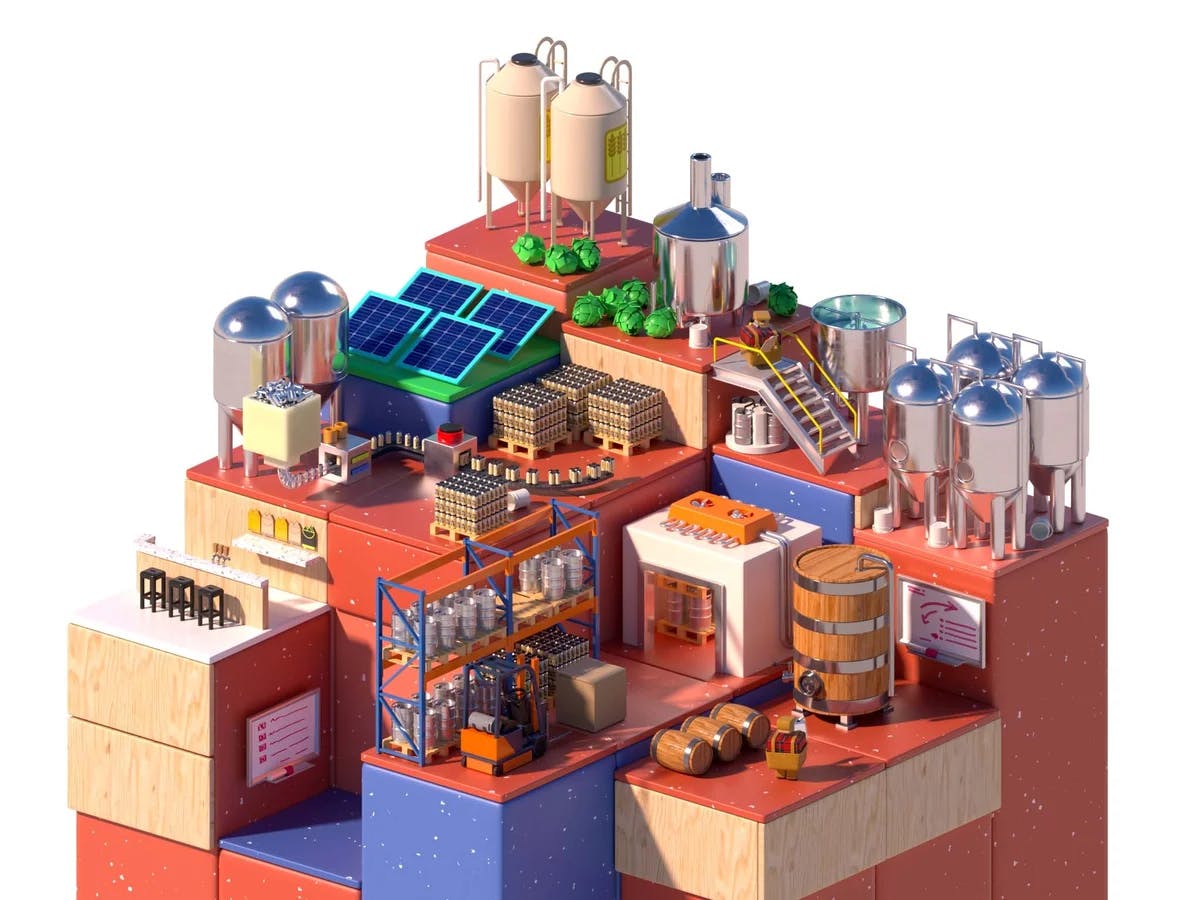
James Hebers
Animator
3D

I am passionate about worlds and stories which are deeply coherent -- the only kind that works really. Anything less falls short in my opinion -- The Visual aspect should not be any different. It is all part of the magic of the make believe. An Art Director keeps the style and anything we see in line, making sure that all the eye experiences contributes optimally to the medium used, be it film or video game.
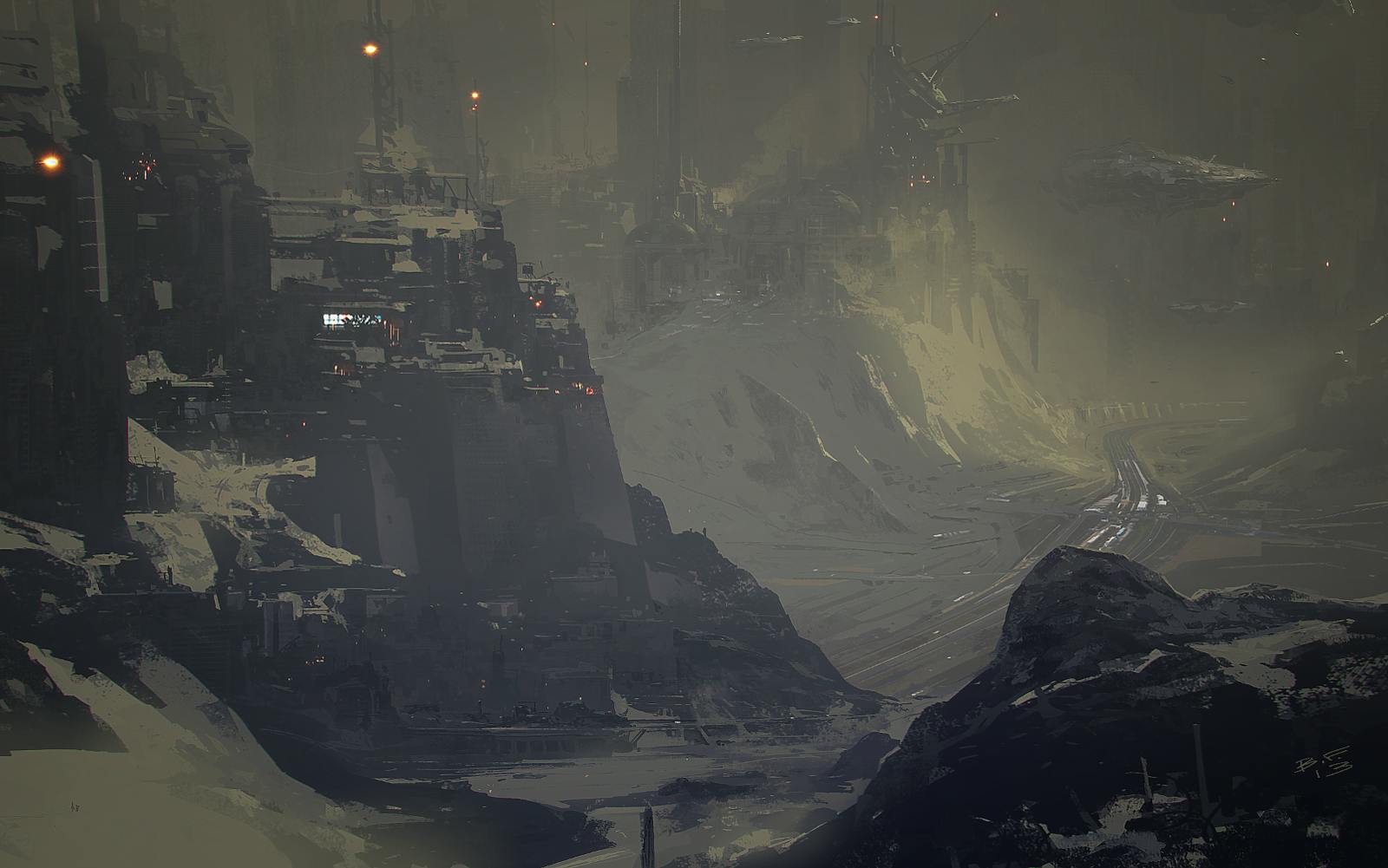
I never pursued the idea of wanting to develop any particular style per say. Even when I work on my own intellectual properties, I always try to come up with a new way of approaching the visual, finding something I haven't done before, that suits best the mood of the story. I take pride in being a toolbox. A efficient Jack of all trades. Design work is primerely about problem solving, design vs function and I find that often one has to adapt and invent new ways of seeing, new styles, to best answer the needs of every new project.
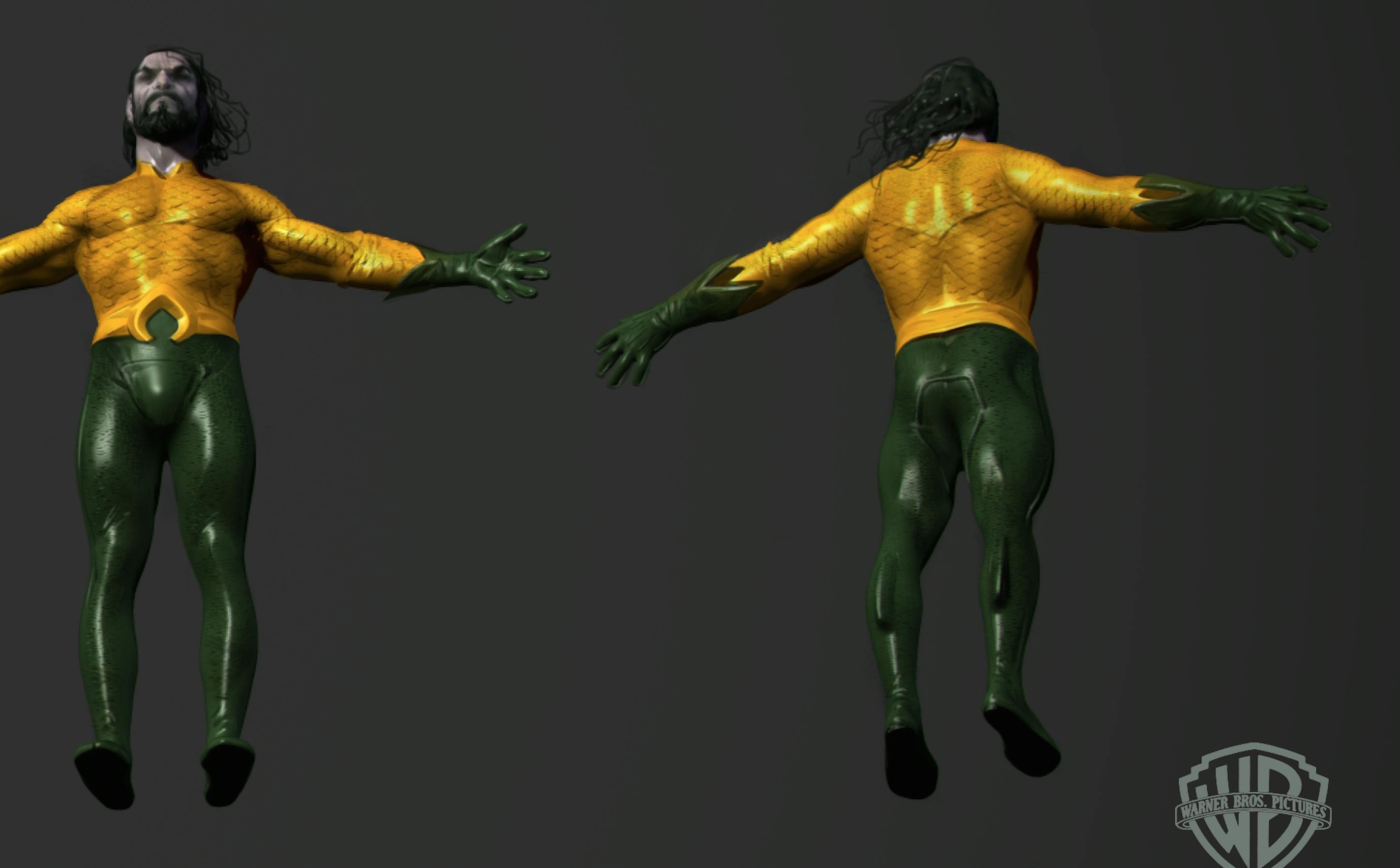
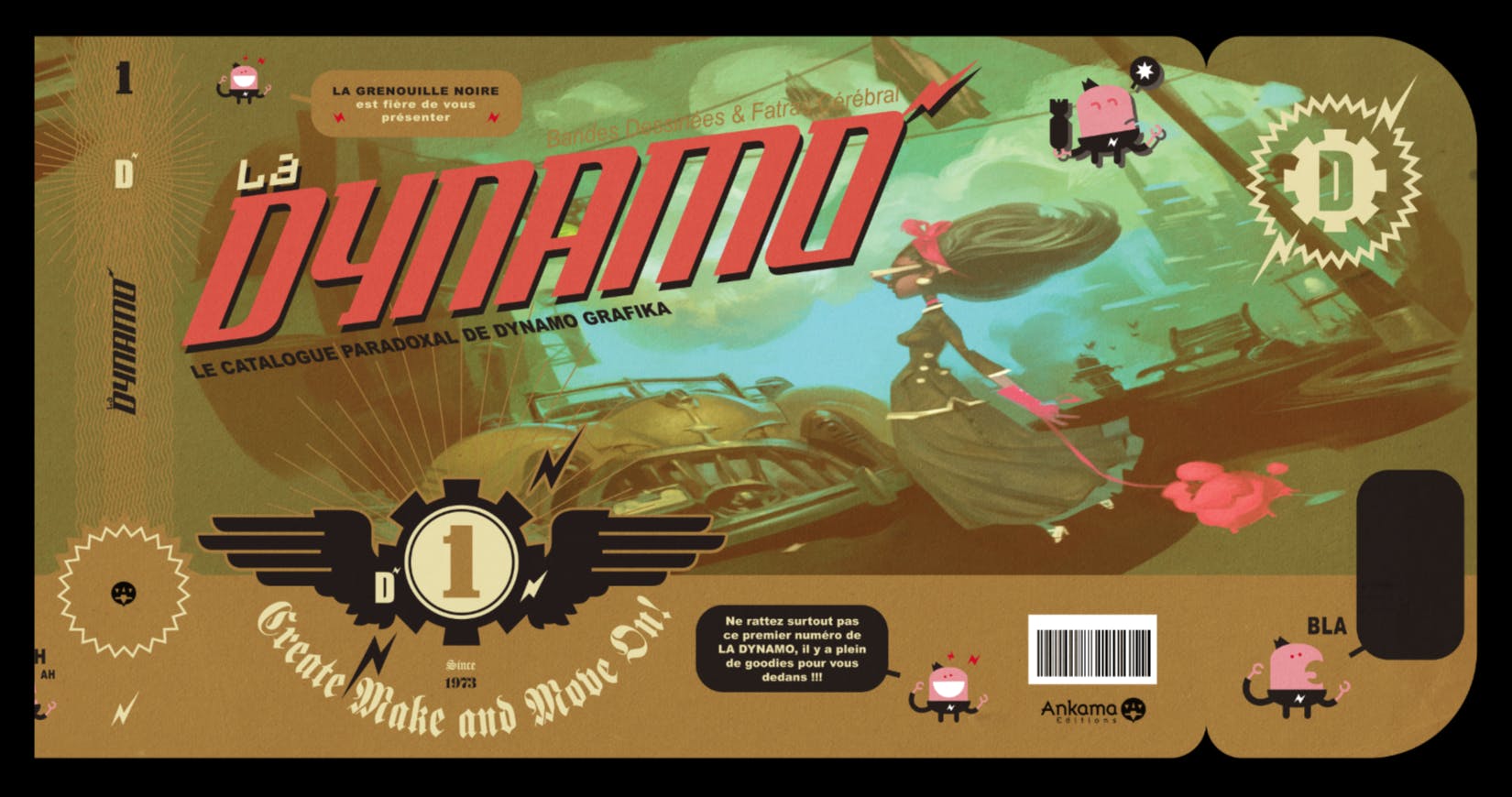
Every project is a challenge, that's what keeps me in the business, that's what's interesting. But, sure, some can be a bit harder than usual, especially if the stakes are high, especially in movies. Most of the time it is budget related. The higher the budget, the higher the pressure for producers and studio executives. You just have to keep your cool and continue concentrating on doing the best work you can, even when everybody else is running like headless chickens on fire. Take the constructive approach. Control what you can control. Focus on getting the job done. Get the best out of what you've got. Get it out of the door. Rest and move on.
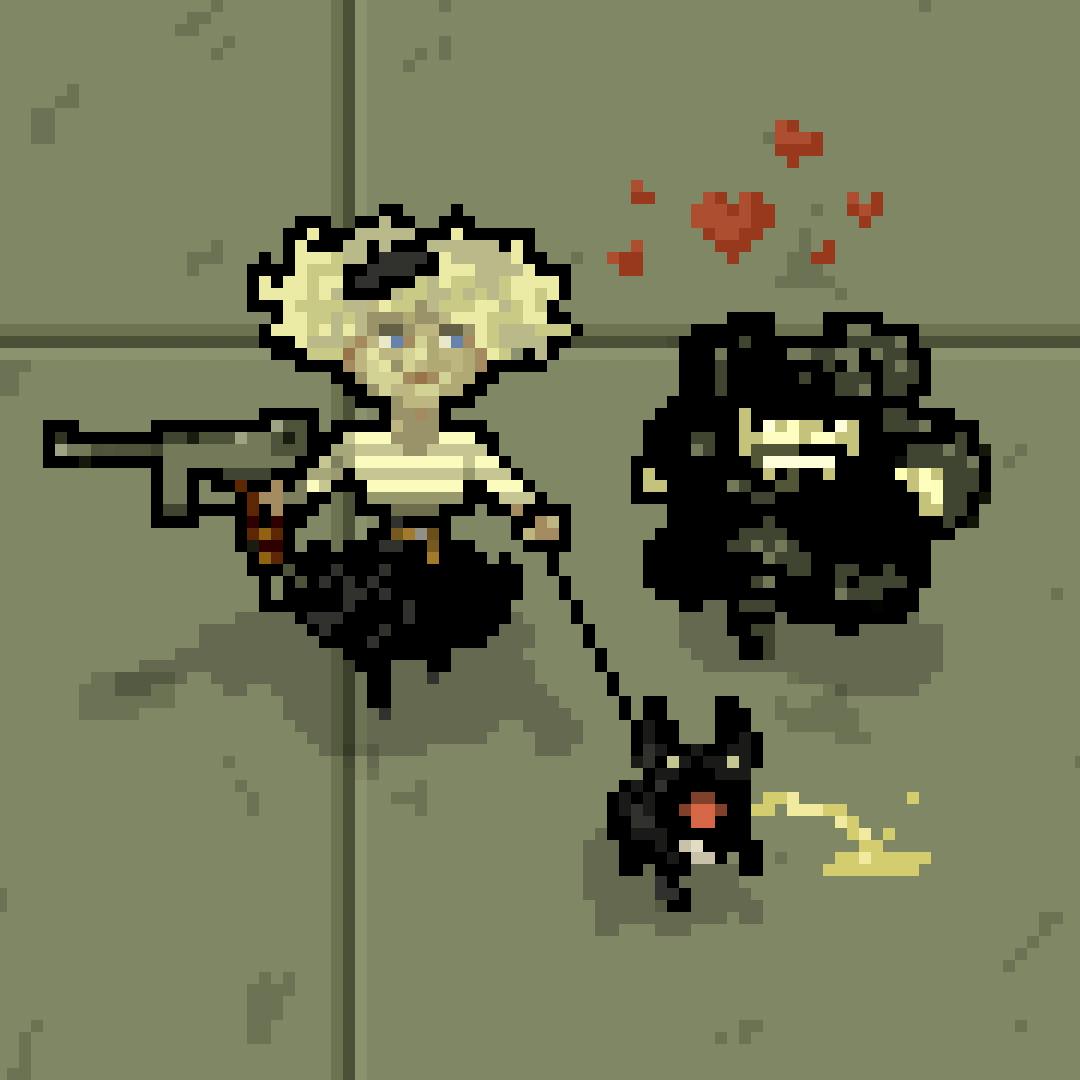
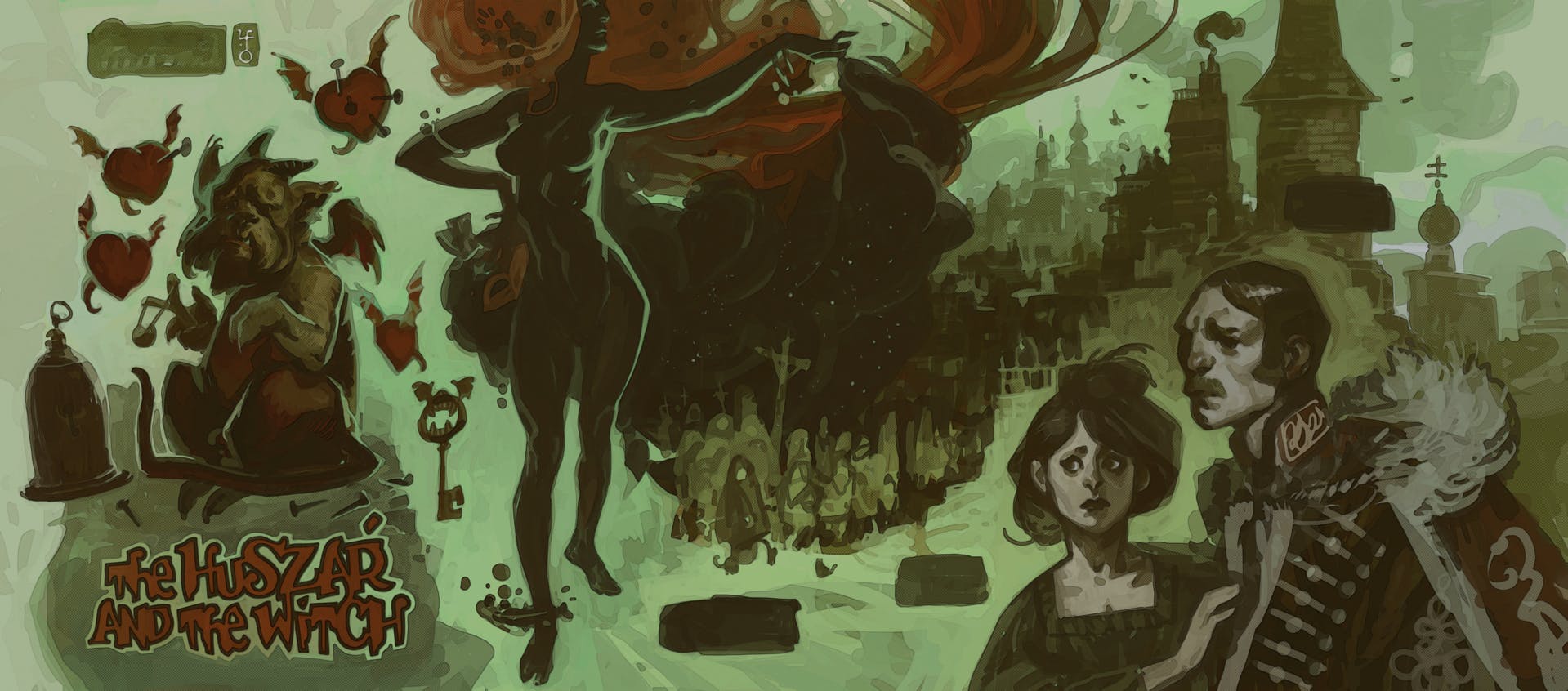
Yes, especially now that you can have virtual cameras doing crazy things. The storyboard along with the script is one of the production's most powerful tools. It sets up the map for everything else down the line, it establishes the budget, the action, the acting, the need for extras, for sets, for props, the timing, the camera work, the lighting, the pace, the mood, the emotion. A good production cannot do without it. Storyboarding is the closest one gets to be the director of the movie. It is also the perfect gateway drug to becoming a comic book artist or vice versa.

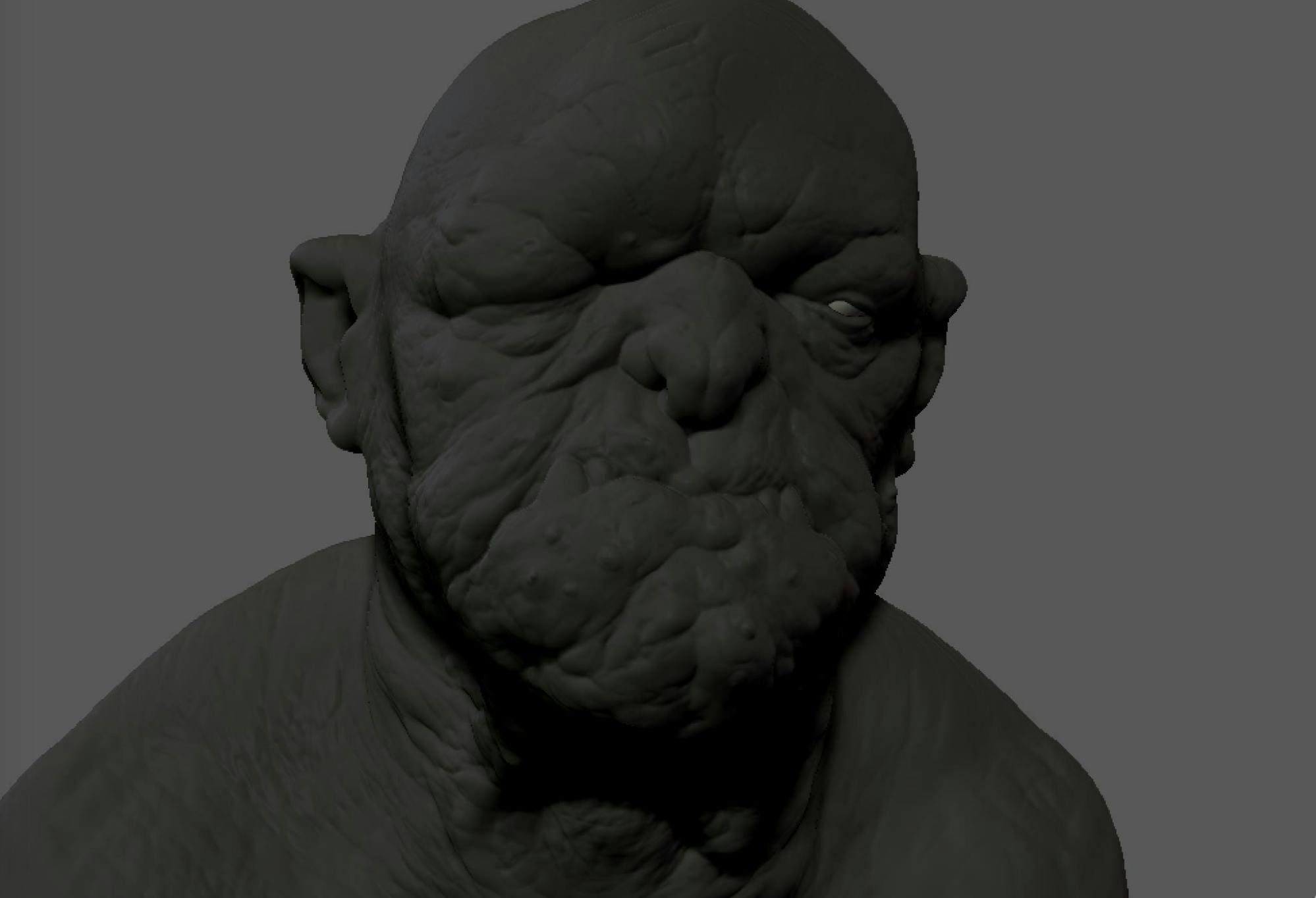
When I was a child, I fell in love with books (Jules Verne, H.P. Lovecraft, Tolkien, Ray Bradbury, Phillip K.Dick, Boris Vian, Céline, Boulgakov, Flaubert...) and comic books (Metal Hurlant, Moebius, Tardi, Alex Toth, Frank Miller, Richard Corben, Pratt, Manara, Liberatore, Bisley, Masamune Shirow, Mike Mignola...). At age 6 I think, I already knew that I wanted to write stories and draw them. Then I realized that with that set of skills, if I added sculpting and painting, the sky was the limit in terms of what kind of creative endeavor I wanted to pursue. I am very curious, about thousands of things, all the time. And now here I am, already 30 years and counting into this career. I'll probably never stop... Well, you know, until I do.
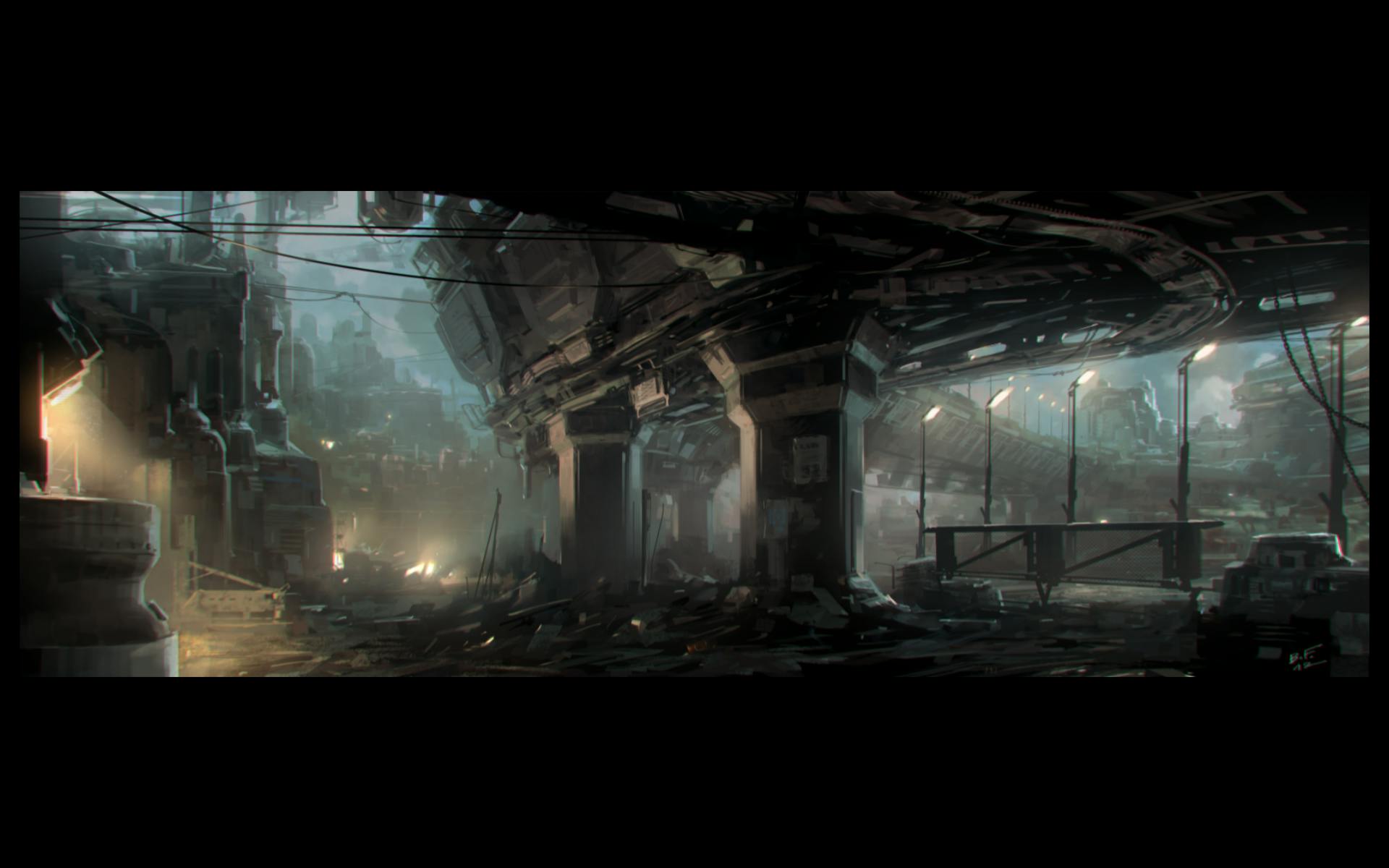
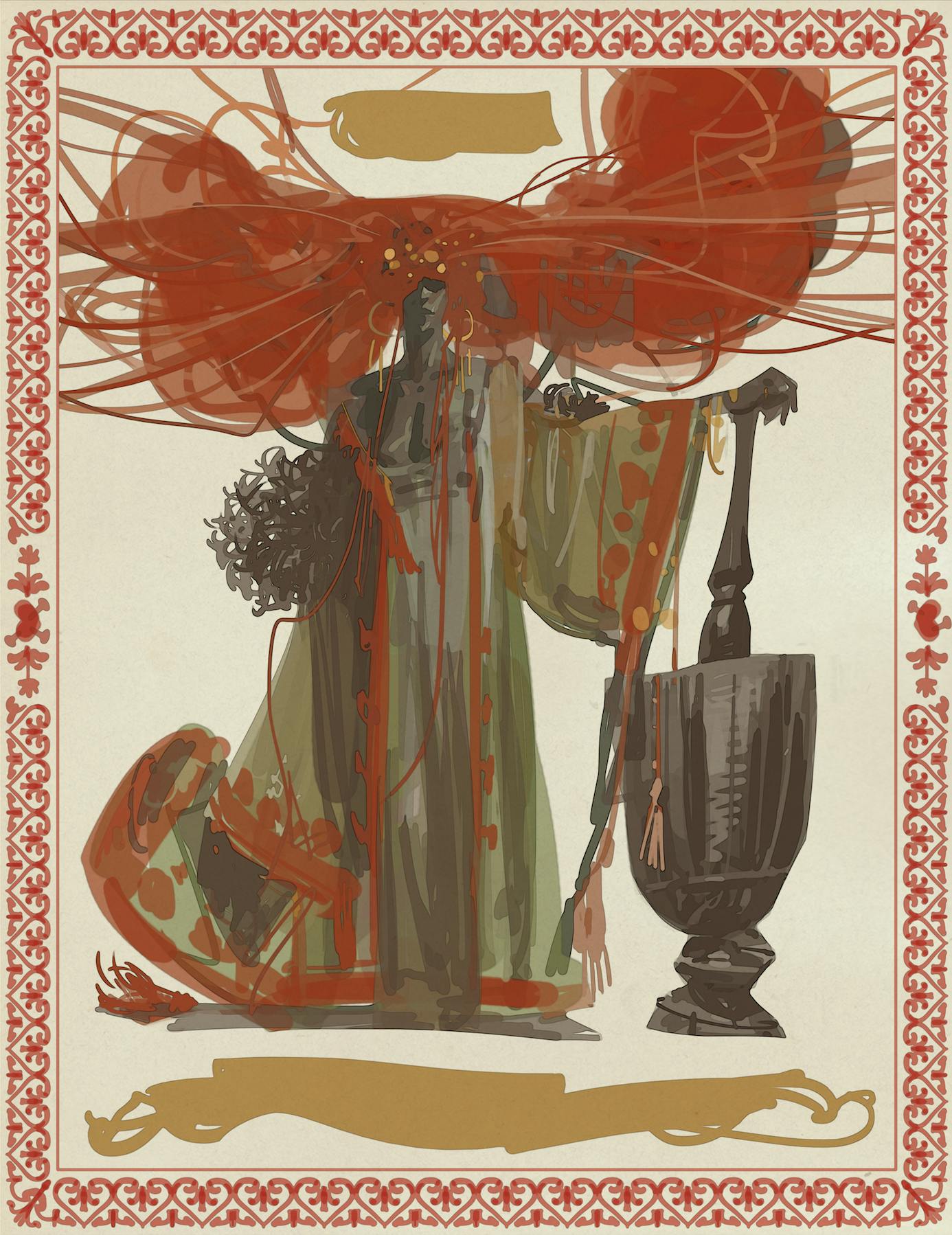
Hands down, "The Spark", it's a graphic novel series of mine. The series will count 11 books in total -- I've done 5 so far -- they're all written and drawn improvised, 10 pages per day -- So I have the joy to discover the story as I write it -- and each 300 pages book is done in 30 days. That's fun. As challenge goes, that's pretty rough. But so fun an rewarding when you realize that, after walking the tight rope over a chasm for a full monh with no insurance that you'll ever set foot on the other side, you've done it, you've actually finished a book.
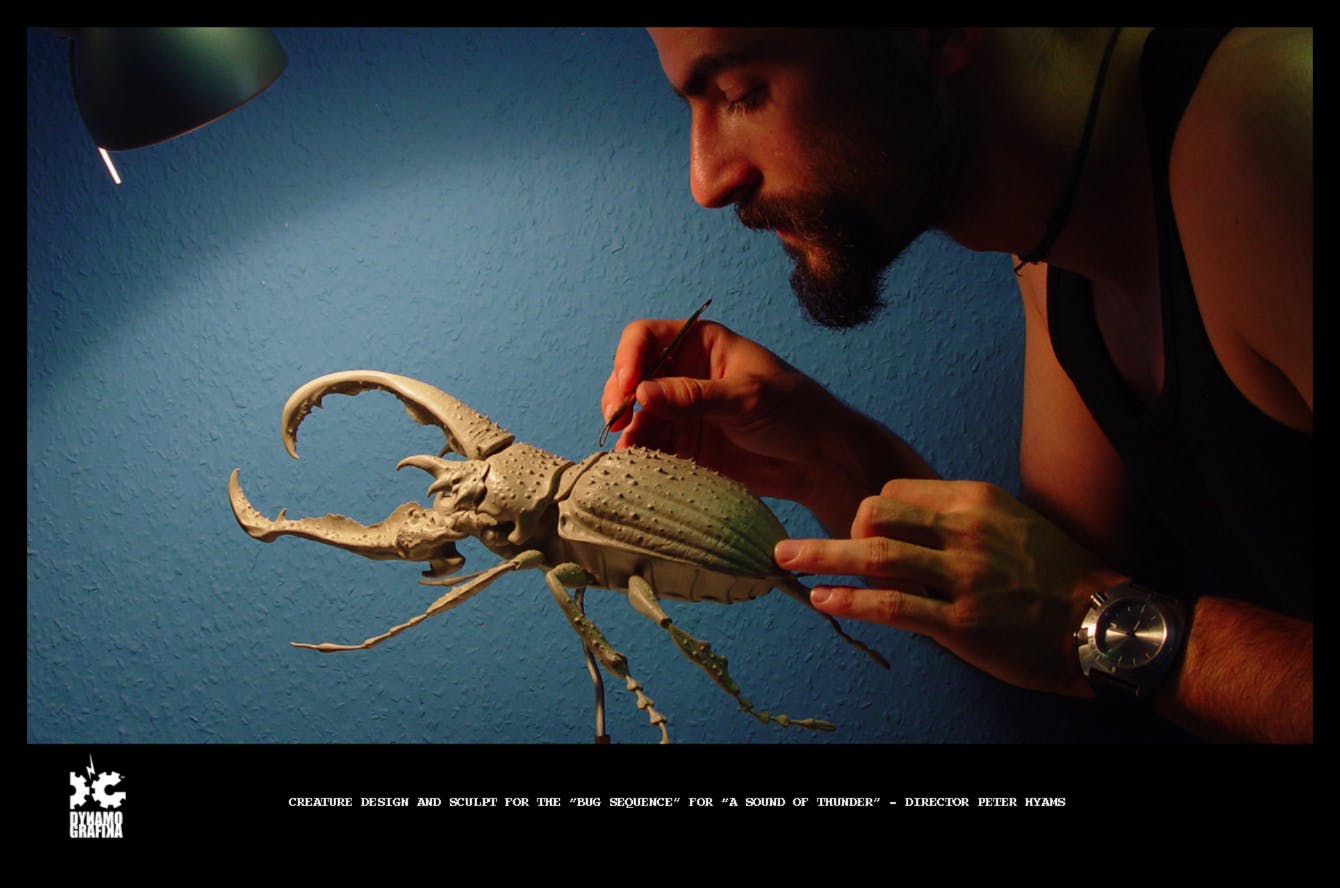
I just don't understand how can one not do everything. Specialization baffles me. Beside the vision of utter borredom that doing only one thing over and over implies, a world is a whole. and it should be treated as one. Otherwise it has a big chance to feel incoherent. If you learn how to draw or sculpt, you should be able to do everything. If you don't, then you should try harder.
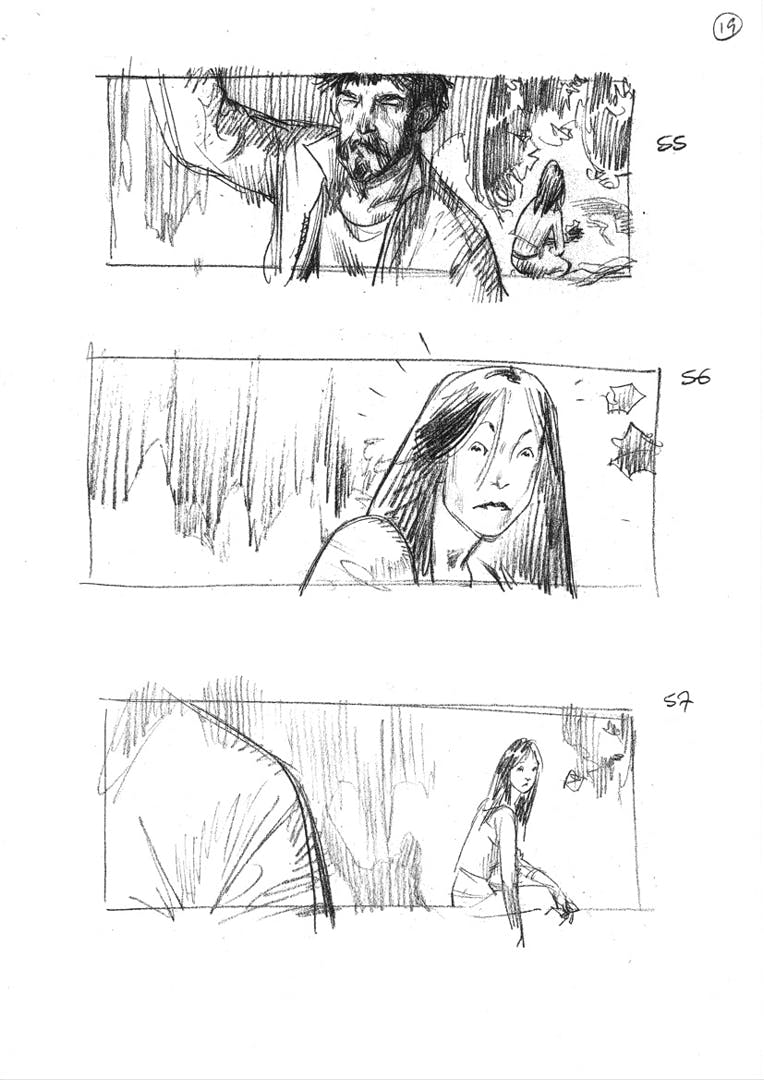
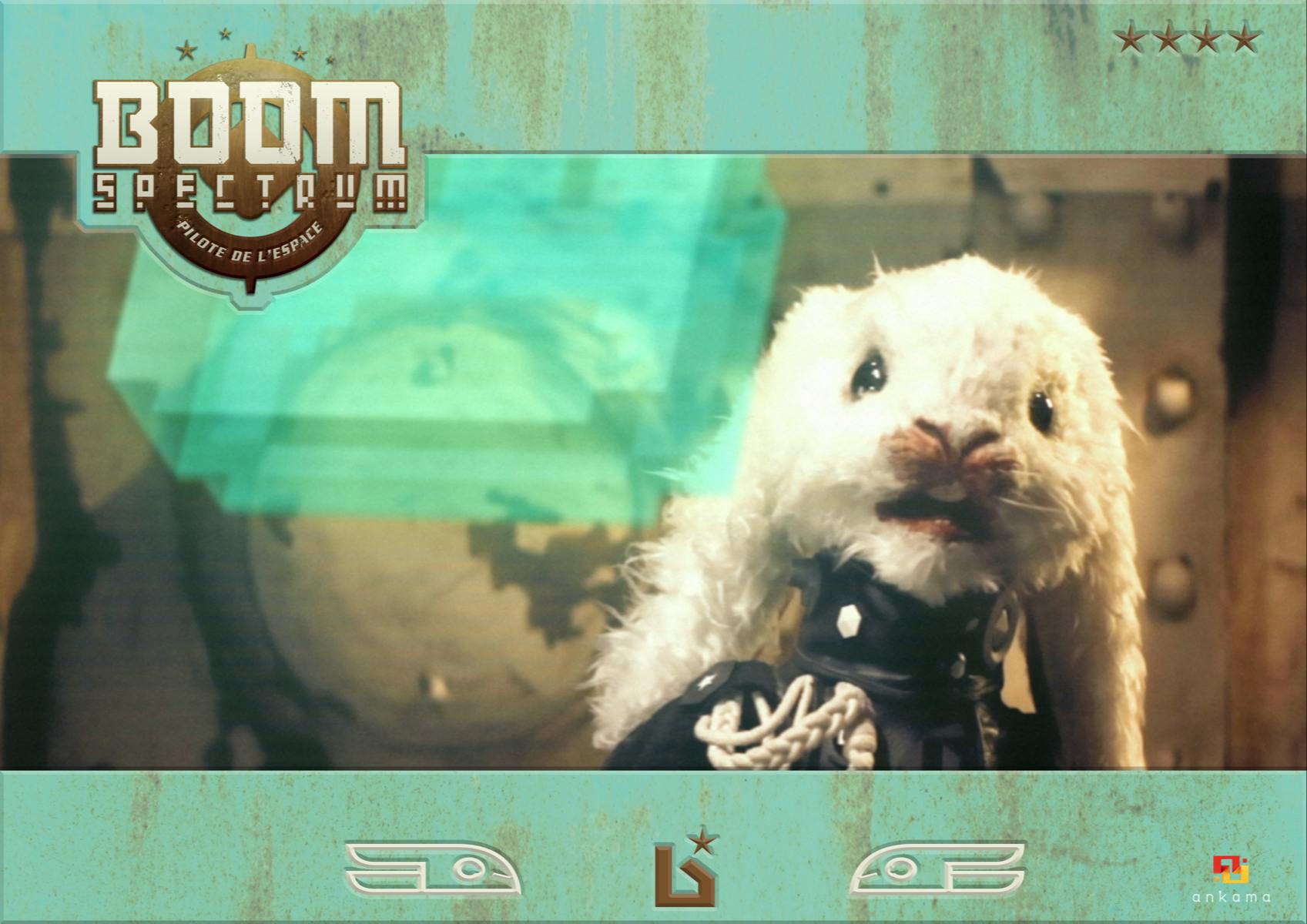
Well, on a movie, you can be called in at different stages. You could have a Director come to you with an idea or a script and he'd want you to give life to the concept by illustrating it so he could later show it around producers and investers to get the project funded. You could be called once the movie starts its production, that's usually a bit messy, nothing is really set up right yet, but you get to design at the early, and it's the most creative moment to be involved. You could be attached to one of the VFX post-production facilities working on the movie and still design some CG creatures or FX after they shot the film, or you could be part of the production following the movie and work in their dedicated Art Department with other artists in which case you'd probably would have to be flawn to wherever they are shooting. In most cases, you are given a script, and the director, the production designer or the costume designer are in contact with you to make sure you stick to what they want.

Spending most of your energy on trying to understand what the client wants and needs is key. The rest is just trying to come up with something interesting and original within the parameters of what the client established.
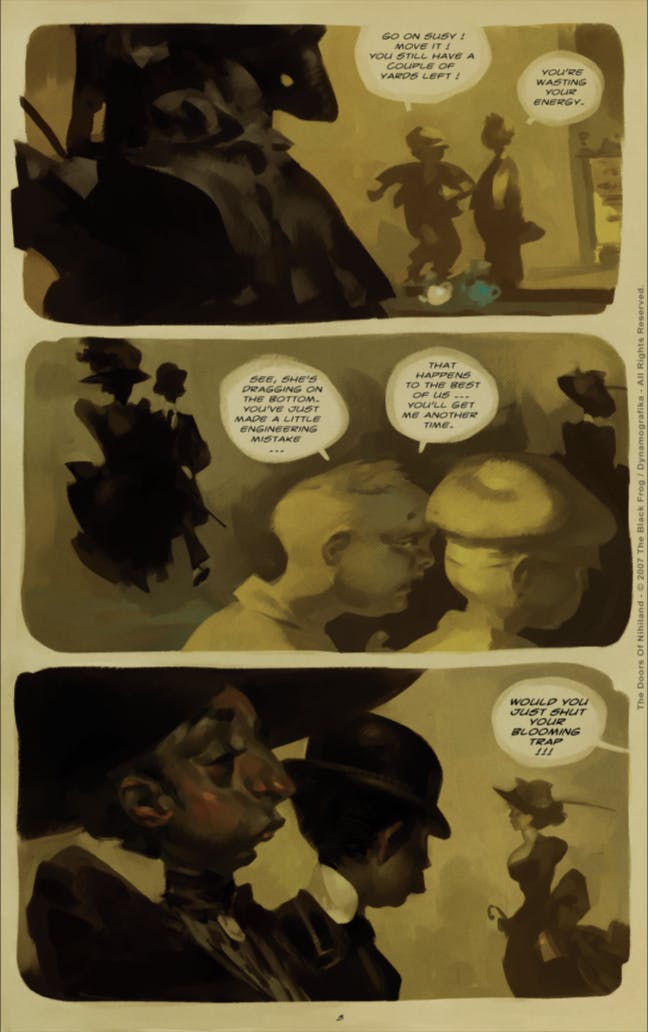
In this industry, if you have a single style, you're limited to where that specific style fits. If you're versatile on the other hand, you have more chances to work on a multitude of widely different projects. And that versatility becomes a real asset if you're working for a company, since they know you can tackle whatever project they throw at you.








































































































